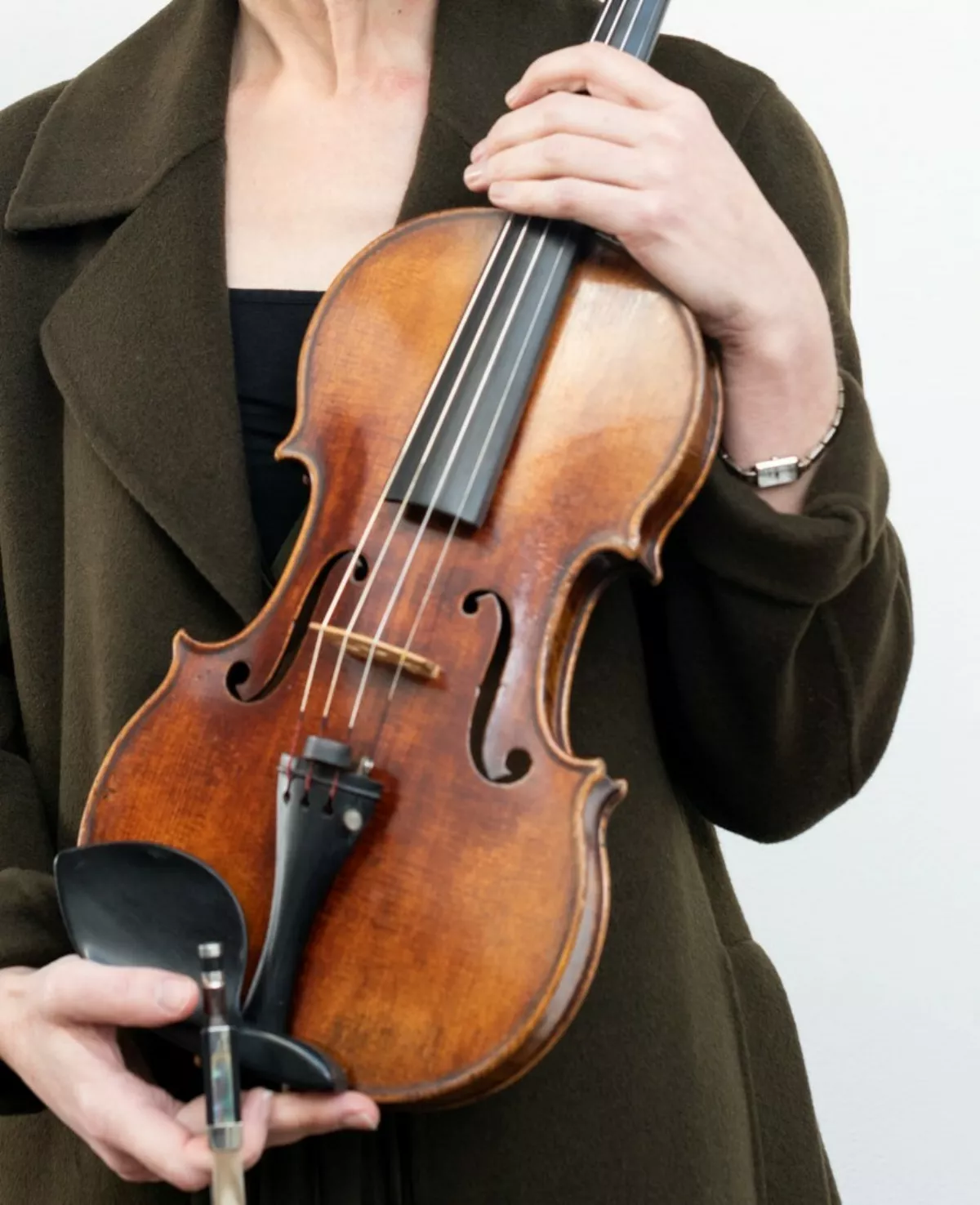String Quartet in F major, Op. 50, No 5, 'The Dream' (1787)

Joseph Haydn
(1732–1809)
String Quartet in F major,
Op. 50, No. 5, ‘The Dream’ (1787)
Allegro moderato
Poco adagio
Menuetto: Allegretto
Vivace
Dubbed the ‘father of the string quartet’, Joseph Haydn wrote 68 quartets across six decades. One of the most important composers of the Classical period – alongside Mozart, who dedicated a set of six quartets to his ‘dearest friend’ Haydn in 1785 – Haydn set the standard for countless composers who followed. It’s a testament to his legacy that Haydn is also referred to as the ‘father of the symphony’.
Unlike Mozart, Haydn spent much of his career in the service of a single employer, the Esterházy family. At their palace in Hungary, Haydn managed the musical life of the household, composing in an isolated bubble with relatively free creative rein and none of the stress of hustling for gigs. He wrote the six quartets of his Opus 50 set in 1787, towards the end of this period, dedicating them to King Frederick William II of Prussia, with whom he had been in correspondence – hence, this set
is sometimes referred to as the ‘Prussian Quartets’.
Several of the Prussian quartets have a surprising Australian connection. Haydn’s autograph
manuscripts for four of the Opus 50 quartets – including ‘The Dream’ – were lost for centuries until they turned up in
Melbourne in the 1980s. Renowned conductor and harpsichordist Christopher Hogwood was in town for a Haydn Festival in 1982, celebrating the 250th anniversary of Haydn’s birth, when a woman approached him with the manuscripts in a shopping bag.
An English colonel had purchased the scores at an auction in 1851 before moving to New Zealand, and the manuscripts were passed down from generation to generation until they wound up in Melbourne. The find was a revelation for Haydn scholars, who noticed several differences between what the composer originally wrote and what his publishers sent out into the world.
“It is the serene second movement that earned this quartet the nickname ‘The Dream’.”
Allegro moderato
The fifth quartet in Haydn’s Opus 50 set begins cheerily – but a surprising note from the viola and cello in their first entry provides a harmonic tension that propels the music forward. What follows is a brilliant unfurling of notes, sometimes quirky, sometimes driving ahead with fierce energy.
Poco adagio
It is the serene second movement that earned this quartet the nickname ‘The Dream’. Listen as the strings climb to the upper register before floating down again. Slow, chromatic undulations give the only hint that the dream might be anything but tranquil.
Menuetto: Allegretto
The third movement’s minuet is a stately, elegant dance. The trio section momentarily hints at something more menacing, as the strings descend into the depths, before the minuet returns for a graceful finish.
Vivace
Joyous energy returns in the rhythmic finale, the violin bounding up its strings in a series of leaps as the quartet motors towards an effervescent conclusion.
© Angus McPherson, 2024